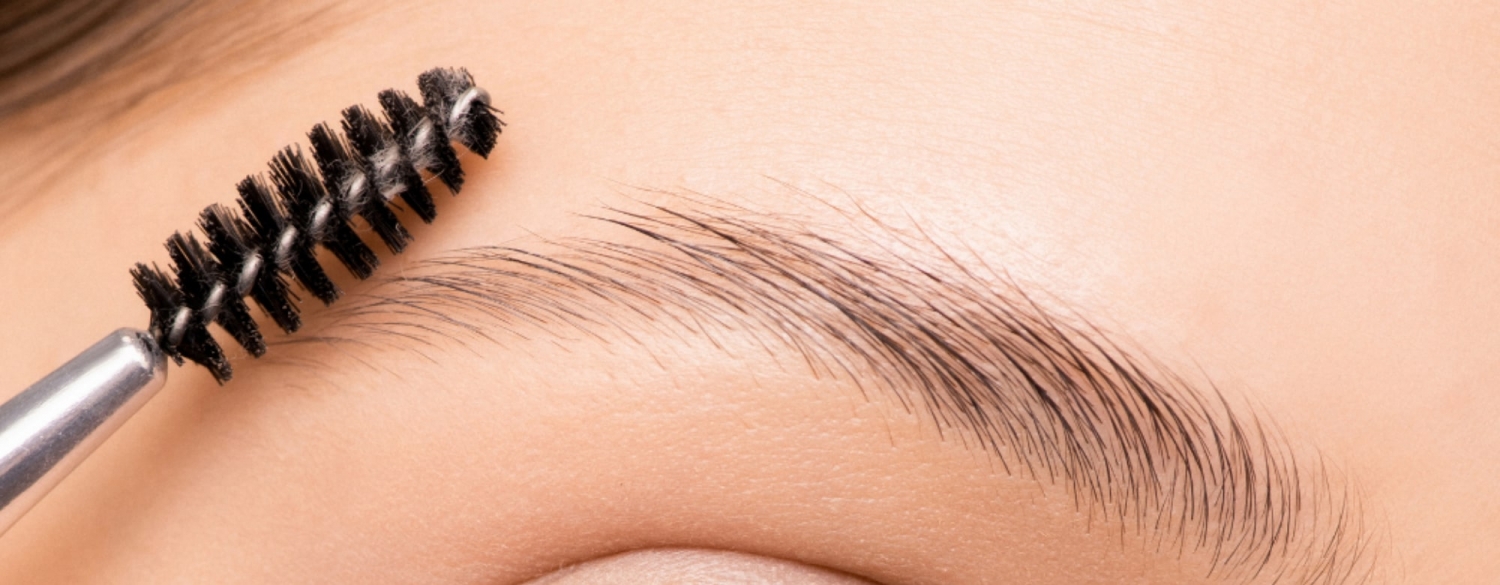Eyebrow Transplant


Eyebrow transplant
Do you feel like adopting a new outline for your eyebrows? Need to restore a more harmonious curve to your eyebrows? Or do you just want to replenish sparse eyebrows or cover a scar? Eyebrow transplantation is suitable for anyone who wants to change the appearance of their eyebrows.
Eyebrow transplantation is a surgical technique to lengthen the eyebrow line and increase its density. It effectively replaces permanent makeup and tattooing. Furthermore, it has many advantages over other methods. It leaves no visible scars. It offers a more natural result.
In these few lines, you will find answers to your questions and issues.
If you would like to know more, do not hesitate to make an appointment with one of our specialists at our NHT centre in Avignon.
Why have an eyebrow transplant?
As with head hair, alopecia can affect your eyebrows.
In this case, it is a balding of the eyebrow arch. It affects both women and men and may occur as a result of age or due to an autoimmune condition.
This then has an impact on the physical features of the face, on the look and can cause everyday embarrassment, sometimes even a complex.
In addition, your eyebrows may be balding or have an unnatural appearance for other reasons: such as repeated hair removal, permanent makeup, illness, aging, burns, accidental injury ...

You will see that the reasons for having an eyebrow transplant are numerous.

Whatever the reason, it is important to know that an eyebrow transplant allows us to mask the total loss or partial loss of eyebrows in an aesthetic, effective and harmonious way. Patient feedback is always very positive.
The procedure is the same as for a hair transplant.
To reconstruct the eyebrow in men, we choose the most suitable regions for the harvest, and we take into account:
- The speed of growth (hair grows faster than eyebrows, so removing hair from the stomach or the lower part of the occipital region, near the nape of the neck, will result in slower regrowth). Some teams prefer to remove hair from the pubic area or armpits. And for men, on the sideburns (also known as sideburns), because hair has a pointed end, whereas hair needs to be shortened, and has an end that is perpendicular and transverse to the hair. However, regrowth is unpredictable, so we prefer to harvest hair that grows back regularly.
- The curvature of the hairs is perfectly controlled by long-hair harvesting; this more delicate procedure is only carried out by the most advanced teams.
- The duration of the hair cycles, which are different on each part of the body: the duration of the anagen phase (hair growth phase) is 4 to 8 weeks for the eyebrow and 3 to 4 years for a hair and the telogen phase (hair loss) lasts about 3 months; therefore, a total of 4 to 5 months for a cycle to be compared with hair cycles, which are about 4 years.
The implantation procedure is also performed in this instance using CHOI type implanters.
In which cases is an eyebrow transplant advised against?
There are very few contraindications.
In cases of progressive inflammatory or autoimmune disease, eyebrow transplantation is not advisable. This is because hair will fall out if your disease continues to progress.
Both eyebrow and hair transplants are meticulous work that should only be carried out once the underlying condition has stabilized. At our clinic, we make it a point of pride to make respectable and clear decisions for each patient. If an eyebrow transplantation is not recommended, we will tell our patient and offer more appropriate treatments that are available to scientific knowledge.
SPECIAL CASES
When a scar is present on the eyebrows, preparation of the area to be grafted by injection of tiny fragments of fat (nanofat grafting) is preferable.
This makes it possible to soften the scars, revascularize the tissue and more generally repair the area to be transplanted; sometimes spontaneous hair regrowth can occur before the transplant; without this, the grafts are less certain to take.
How is an eyebrow transplant performed?
The first step is the careful outlining of the future eyebrow; this is a delicate step because the placement of the eyebrow is sometimes complicated to establish in the presence of an inadequate tattoo.
During an eyebrow transplant, the hairs are removed one by one, manually, from the donor area. It is preferable to harvest long hairs in order to have the curvature of the eyebrow hair; from the lower part near the neck, if possible, where the hairs grow less quickly.
Our NHT team then re-implants them, one by one, at an angle that perfectly matches the natural orientation of the hairs.
Any transplant, hair, eyelashes, or eyebrows or beard must be performed by an expert so that the result is optimal. It is essential that the whole team is experienced.
An eyebrow transplant procedure will be shorter than a hair or beard transplant procedure because the number of grafts is smaller.
Indeed, the surface to be grafted is smaller, there will be fewer follicles to extract on the neck and to reimplant on the eyebrows.
The eyebrow implant surgery will be performed under local anaesthesia. The patient feels absolutely no stinging sensation. The procedure is relatively short and will last three to four hours.
What results can you expect from an eyebrow transplant?
From the first days following the operation, the patient is recommended to apply a brow shaping gel so that the regrowth takes place in a harmonious manner.
The result of an eyebrow implantation is visible from six months, and final after one year. The new brow line makes the face more symmetrical and more harmonious.
Since the implanted hairs are head hairs and behave as such, they should be cut with scissors every two to four weeks or so. Maintenance of new eyebrows is therefore essential.
This is why it is beneficial to harvest head hairs that grow more slowly so that you don’t have to trim them as much.
What happens next after an eyebrow transplant?
As after any surgery, oedema (swelling) and some bruising appear within 24 to 48 hours of the operation. Do not worry they will soon disappear.
Small scabs also form on the eyebrows. They will fall off about a week later.
You will notice the first results approximately 3 to 4 months after the procedure.
The final result will be achieved after 9 months to 1 year.
The most frequently asked questions by our patients about eyebrow transplantation
How long does the eyebrow transplant procedure last?
It takes around three to four hours for an eyebrow transplant, depending on the amount of correction desired, the shape of the eyebrow to be corrected, and the number of grafts to be transplanted. This includes the time for local anaesthesia, taking the photos, harvesting the hair, sorting the grafts and transplanting them onto the eyebrow arch.
Is the operation painful?
No. You will be under local anaesthesia, you will be awake during the procedure and will not feel anything. For people who are particularly sensitive to pain, it is possible to apply an anaesthetic cream to make it completely painless.
Do I need to put a bandage on my face?
No. We never apply a bandage for this type of procedure.
Are there any special precautions to be taken before the operation?
No, there is no special precaution to take before the operation, you can eat as you usually would do; you just need to bring sunglasses if you have to drive home after the procedure.
Do the new eyebrow hairs require special maintenance?
Yes. As the transplanted follicular units come from the scalp, they maintain their natural rate of hair growth. In other words, the hairs grafted onto the eyebrows will continue to grow faster and it will be necessary to cut them every two to four weeks.
Hence the advantage of choosing hairs whose growth is not too fast with a harmonious curvature (new harvesting methods allow us to identify the general curve of the hair).
In addition, in the first days after regrowth, it is recommended to apply a shaping gel to give a harmonious shape to the eyebrows.
Special circumstances
Most of the time, grafting on a scar requires a preliminary nano-fat graft. Indeed, sometimes the scar tissue is tough, fibrous and / or poorly vascularized.
Even with preparation by fat grafting, graft uptake is not always complete, and although these scar grafts always improve the initial situation, they may have incomplete results and may require additional grafts.
The essential information
Eyebrow transplantation requires grafts of single hair, at least one centimetre in length, which allows the general curvature of the hair to be checked, even if these hairs are subsequently shortened.
When treating a scar, it is always advisable to undergo stem cell grafting (nanofat) prior to surgery.
NHT EUROPE


